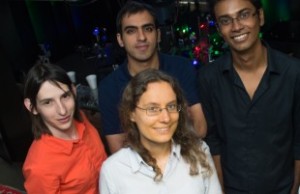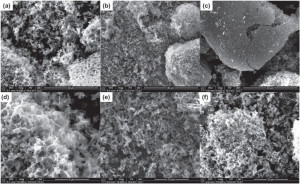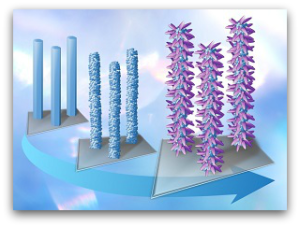Hydrogen fuel cell vehicles have the potential to revolutionize the transportation system. From aiding the fight against climate change through clean emissions to reducing dependency on fossil fuels, hydrogen could potential help power the future and change mobility. Automakers believe that by 2020, there will be tens of thousands of hydrogen fuel cell vehicles on the road. In order to do this, we’re looking towards scientists to make innovation developments leading toward cheaper and more efficient technologies.
Creating a Hydrogen Fuel Cell Vehicle
Shawn Litster, ECS member and associate professor at Carnegie Mellon University, is doing just that. Lister, along with ECS student member William Epting, is focusing his attention on energy technologies that utilize electrochemical devices to further research in the development of the near-perfect fuel cell vehicle.
(Check out a past meeting abstract by the two on fuel cell electrode analysis.)
“We’re looking for ways to minimize the impact of transportation on society and the environment,” said Litster.
Litster and his team have discovered that one of the reasons for the high cost of development for hydrogen fuel cell vehicles is the nanoscale polymer films. While these films offer a host of positive qualities, they require expensive platinum to operate properly.





